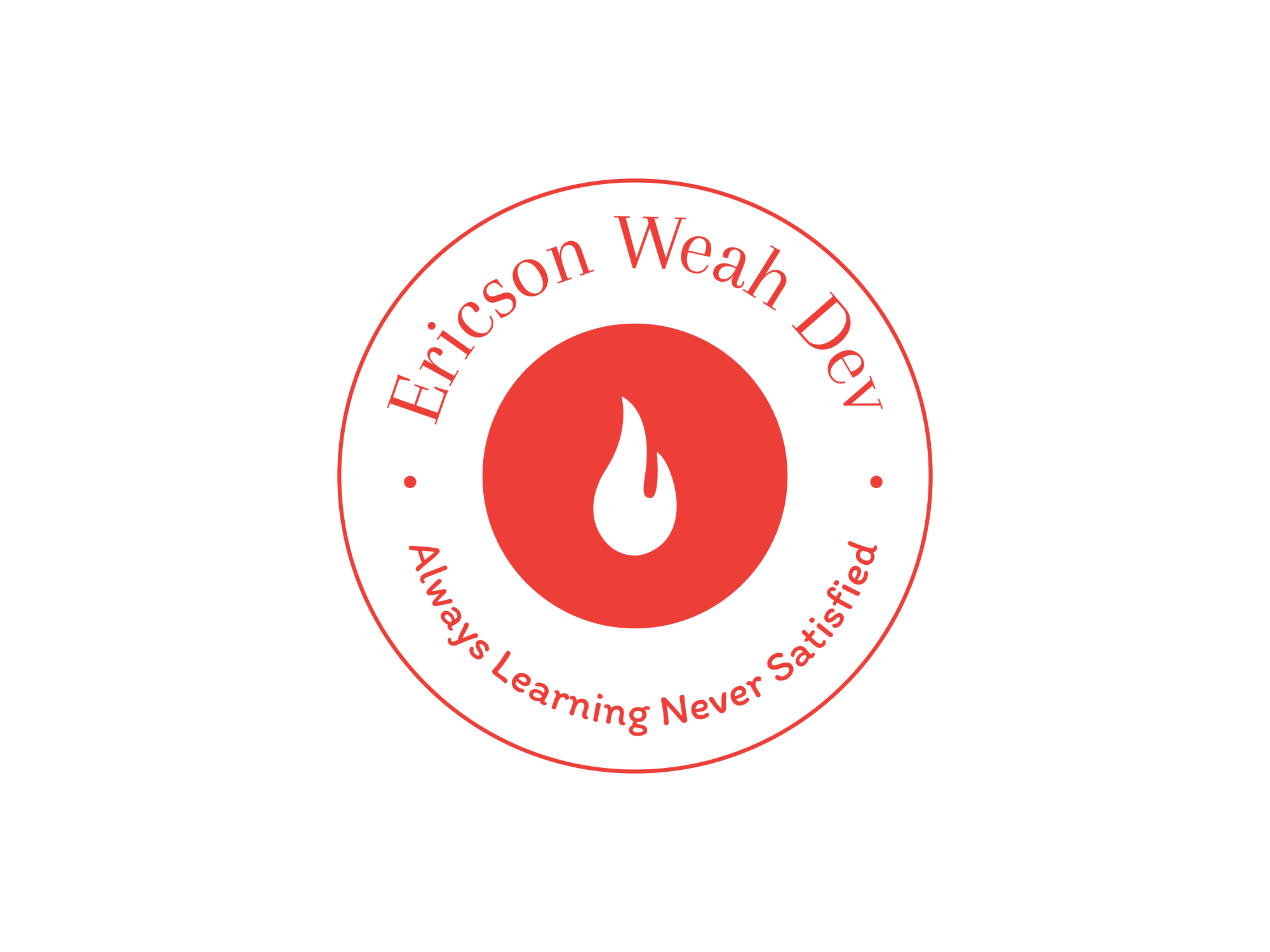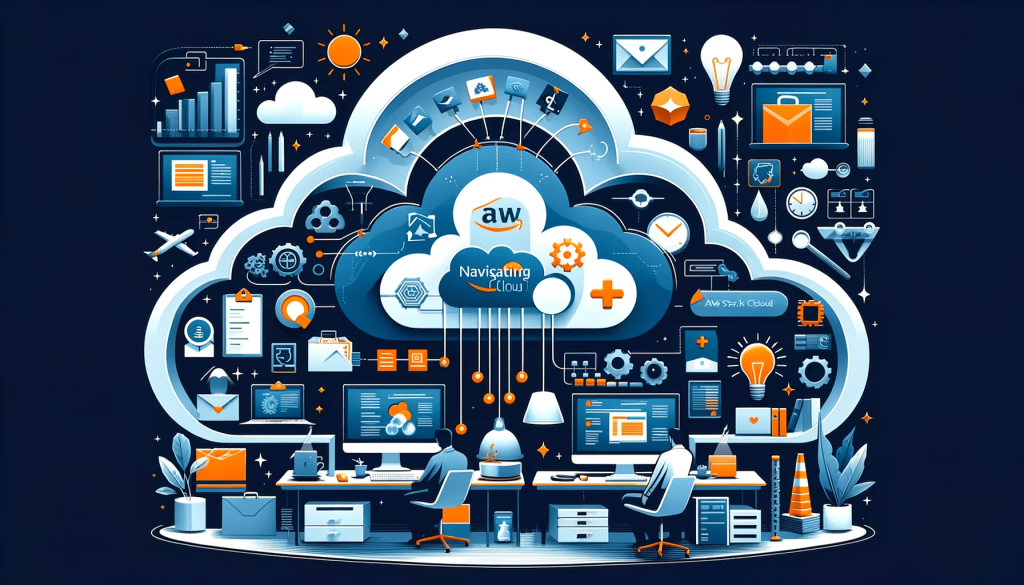The DevOps Revolution: Streamlining Development and Deployment

In today’s fast-paced digital world, the ability to develop, deploy, and iterate on software quickly and efficiently is paramount. Enter DevOps—a transformative approach that bridges the gap between development and operations teams, fostering a culture of collaboration, continuous improvement, and automation. This article explores the impact of DevOps on software development and deployment, detailing its benefits, key practices, and strategies for successful adoption.
Introduction
DevOps has revolutionized the software development lifecycle, breaking down silos between development and operations teams and enabling organizations to deliver software faster, more reliably, and with greater agility. This guide delves into what DevOps is, its core principles, and how it can transform your development and deployment processes.
What is DevOps?
Definition and Core Principles
DevOps is a set of practices that combine software development (Dev) and IT operations (Ops) with the aim of shortening the development lifecycle and delivering high-quality software continuously. The core principles of DevOps can be summarized by the acronym CALMS:
- Culture: Fostering a culture of collaboration and shared responsibility between development and operations teams.
- Automation: Automating repetitive tasks to increase efficiency and reduce human error.
- Lean: Implementing lean principles to optimize workflows and eliminate waste.
- Measurement: Continuously measuring performance and using metrics to drive improvement.
- Sharing: Promoting open communication and knowledge sharing across teams.
Benefits of Adopting DevOps Practices
Increased Collaboration and Communication
DevOps breaks down the traditional silos between development and operations teams, fostering a culture of collaboration and shared responsibility. This leads to better communication, faster problem resolution, and a more cohesive team environment.
Faster Time-to-Market
By automating key aspects of the development and deployment process through continuous integration and continuous delivery (CI/CD), DevOps enables faster release cycles. This accelerates the time-to-market for new features and improvements, giving organizations a competitive edge.
Improved Quality and Reliability
DevOps practices such as automated testing, continuous monitoring, and feedback loops ensure that software is thoroughly tested and monitored throughout its lifecycle. This leads to higher quality releases and greater reliability.
Greater Flexibility and Scalability
DevOps enables teams to quickly respond to changing business needs and scale applications efficiently. Infrastructure as Code (IaC) and containerization technologies allow for rapid scaling and easy management of infrastructure.
Key DevOps Practices and Tools
Continuous Integration (CI)
Continuous Integration involves integrating code changes frequently into a shared repository, followed by automated testing to detect issues early.
- Popular CI Tools:
- Jenkins: An open-source automation server.
- CircleCI: A cloud-based CI service.
- Travis CI: A CI service for GitHub projects.
- Best Practices:
- Automate testing to catch issues early.
- Perform code quality checks to maintain high standards.
Continuous Delivery and Deployment (CD)
Continuous Delivery ensures that code changes are automatically prepared for a release to production, while Continuous Deployment goes a step further by automating the entire release process.
- CD Tools:
- GitLab CI/CD: Integrated CI/CD pipelines within GitLab.
- AWS CodePipeline: A continuous delivery service for fast and reliable application updates.
- Azure DevOps: A suite of tools for DevOps practices.
- Strategies:
- Blue-Green Deployments: Reduces downtime and risk by running two identical production environments.
- Canary Releases: Gradually roll out changes to a small subset of users before a full deployment.
Infrastructure as Code (IaC)
IaC involves managing and provisioning computing infrastructure through machine-readable configuration files.
- IaC Tools:
- Terraform: An open-source tool for building, changing, and versioning infrastructure.
- Ansible: An open-source automation tool for configuration management, application deployment, and task automation.
- CloudFormation: An AWS service that provides a common language for describing and provisioning all the infrastructure resources in your cloud environment.
- Best Practices:
- Write reusable and modular infrastructure code.
- Use version control for infrastructure code to track changes and ensure consistency.
Monitoring and Logging
Continuous monitoring and logging are essential for maintaining application performance and availability.
- Monitoring Tools:
- Prometheus: An open-source monitoring and alerting toolkit.
- Grafana: An open-source platform for monitoring and observability.
- New Relic: Provides real-time performance monitoring and management.
- Best Practices:
- Set up real-time alerts to detect and address issues promptly.
- Use dashboards to visualize key metrics and performance indicators.
Automated Testing
Automated testing ensures that software meets quality standards and prevents regressions.
- Types of Automated Tests:
- Unit Tests: Test individual components or functions.
- Integration Tests: Test interactions between components.
- End-to-End Tests: Test the entire application workflow.
- Testing Tools:
- Selenium: A tool for automating web browsers.
- JUnit: A framework for unit testing in Java.
- TestNG: A testing framework inspired by JUnit but with additional functionalities.
Real-World Case Studies
Case Study: Netflix
Netflix has successfully implemented DevOps practices to manage its large-scale, global streaming service. By using microservices architecture, continuous delivery, and automated testing, Netflix can deploy hundreds of changes daily while maintaining high availability and performance.
Case Study: Amazon
Amazon adopted DevOps to accelerate its release cycles and improve software quality. With practices like continuous integration, continuous delivery, and infrastructure as code, Amazon can deploy code changes frequently and reliably, supporting its massive e-commerce platform.
Challenges and Considerations in Adopting DevOps
Cultural Change
Adopting DevOps requires a cultural shift within the organization. Overcoming resistance to change and fostering a collaborative DevOps culture can be challenging but is essential for success.
Tool Integration
Ensuring seamless integration of various DevOps tools and technologies can be complex. Selecting the right tools and integrating them effectively is crucial for a smooth DevOps workflow.
Skill Gaps
Bridging the gap between current skill sets and the expertise required for DevOps practices is a common challenge. Providing training and resources to upskill teams is essential for successful adoption.
Practical Tips for Adopting DevOps
Starting Small
Initiate DevOps with a pilot project to demonstrate value and feasibility. This allows teams to experiment with DevOps practices on a smaller scale before scaling up.
Investing in Training
Provide training and resources to upskill teams in DevOps practices and tools. Continuous learning is key to staying updated with the latest DevOps trends and technologies.
Fostering Continuous Improvement
Encourage a mindset of continuous learning and improvement within the team. Regularly review and optimize processes to enhance efficiency and effectiveness.
Resources for Further Learning
- Articles and Blogs:
- DevOps.com
- The DevOps Handbook Blog
- Atlassian’s DevOps Blog
- Courses:
- Coursera: “Introduction to DevOps: Transforming and Improving Operations”
- Udemy: “DevOps Fundamentals”
- Pluralsight: “DevOps: The Big Picture”
- Communities:
- DevOps Institute
- Stack Overflow
- Reddit’s r/devops
Conclusion
The DevOps revolution is transforming software development and deployment, enabling organizations to deliver high-quality software faster and more reliably. By embracing DevOps practices, you can streamline your development and deployment processes, achieve faster delivery, and improve software quality. Start your DevOps journey today to stay competitive and drive business success.
DevOps is more than a set of practices; it’s a cultural shift towards collaboration, automation, and continuous improvement. By implementing the strategies and best practices outlined in this guide, you can harness the power of DevOps to enhance your development and deployment processes, leading to greater efficiency, reliability, and success. Whether you’re a technical professional or a business leader, embracing DevOps is key to staying ahead in the fast-paced world of software development.






 and then
and then
Responses